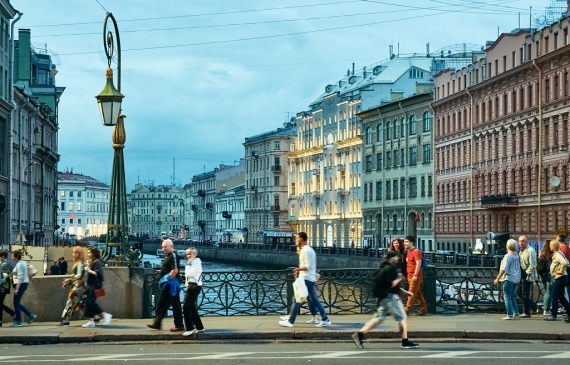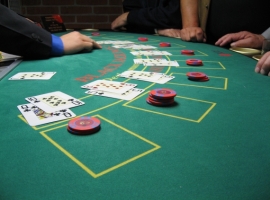
Europe is one of the regions where non-fungible tokens (NFTs) are becoming increasingly popular. There are a number of reasons for this, but two of the most important are the growing interest in digital collectibles and the increasing use of blockchain technology.
NFTs are digital assets that can be divided into unique units. This makes them perfect for representing digital collectibles, such as rare artwork or scarce video games characters. Because each unit is unique, they can’t be replicated or counterfeited, making them more secure and valuable than traditional digital assets. You can also take help from NFT code for further guidelines.
Blockchain technology is also playing a key role in the growth of NFTs. By providing a secure and transparent record of transactions, blockchain can help to ensure the legitimacy of NFTs and prevent them from being copied or stolen. This makes them an ideal solution for digital collectibles, as it eliminates the risk of fraud or theft.
As interest in NFTs continues to grow, we can expect to see more and more businesses adopting this technology. This will not only help to further legitimize NFTs but also increase their use and value across Europe.
NFTs' Role in Russia
488 million people in the European Union use the internet, with this number only continuing to grow. Among these users, there is a growing interest in non-fungible tokens (NFTs). NFTs are digital assets that are unique and cannot be replicated. They are often used to represent collectibles or digital rights, such as in online gaming communities.
While the popularity of NFTs is growing in Europe, they have been popular in Russia for some time now. In Russia, there is a thriving NFT market due to the country's well-developed gaming culture. Gamers in Russia have been using NFTs for years to trade and sell virtual items from games such as Counter-Strike: Global Offensive and EVE Online.
The popularity of NFTs in Russia can be partially attributed to the country's relaxed regulations on digital assets. In 2017, the Russian government announced that it would be legalizing cryptocurrencies and ICOs. This announcement led to a surge in interest in cryptos and blockchain technology in Russia. As a result, many Russian gamers began experimenting with NFTs and other blockchain-based technologies.
While the Russian market is currently the largest for NFTs, Europe is quickly catching up. In 2018, the European Union passed the Fifth Anti-Money Laundering Directive (AMLD5), which requires crypto exchanges and wallet providers to identify their users. This directive has helped to legitimize cryptocurrencies in Europe and has led to a surge in interest in NFTs.
The popularity of NFTs is growing in Europe due to their many use cases. NFTs can be used to represent digital assets, such as artwork or music. They can also be used to represent collectibles, such as rare baseball cards or vintage watches. NFTs can also be used to store digital rights, such as in online gaming communities. Finally, NFTs can be used as a payment method, allowing users to pay for goods and services with cryptocurrencies.
As the popularity of NFTs continues to grow in Europe, we can expect to see more innovative uses for them. In the near future, we may see NFTs being used to represent real-world assets, such as cars or houses. We may also see them being used to store sensitive data, such as medical records or social security numbers. Whatever the future holds for NFTs, it is clear that they are here to stay.
Future of NFTs in Russia
The popularity of NFTs in Europe is on the rise, with several countries experimenting with the technology. In Russia, the government has been testing the use of NFTs for land registration. The aim is to make it easier to track and manage property ownership. If the trial is successful, it could lead to wider adoption of NFTs in Russia.
Elsewhere in Europe, Switzerland has been leading the way in terms of NFTs. The Swiss government has been working on a national strategy for blockchain and distributed ledger technology (DLT), which includes plans for developing NFTs. As part of this strategy, the government has set up a task force to explore the potential uses of NFTs. One area that they are looking at is the use of NFTs for digital identity.
There is also growing interest in NFTs from businesses. For example, a luxury goods company in Italy has started using NFTs to track the provenance of its products. This allows customers to verify that they are buying a genuine product. The company plans to use NFTs to create a digital registry of all its products.
Overall, it is clear that Europe is bullish on the potential of NFTs and is exploring a range of applications for them. This bodes well for the future of technology and we can expect to see more innovations in this area in the coming years.

















